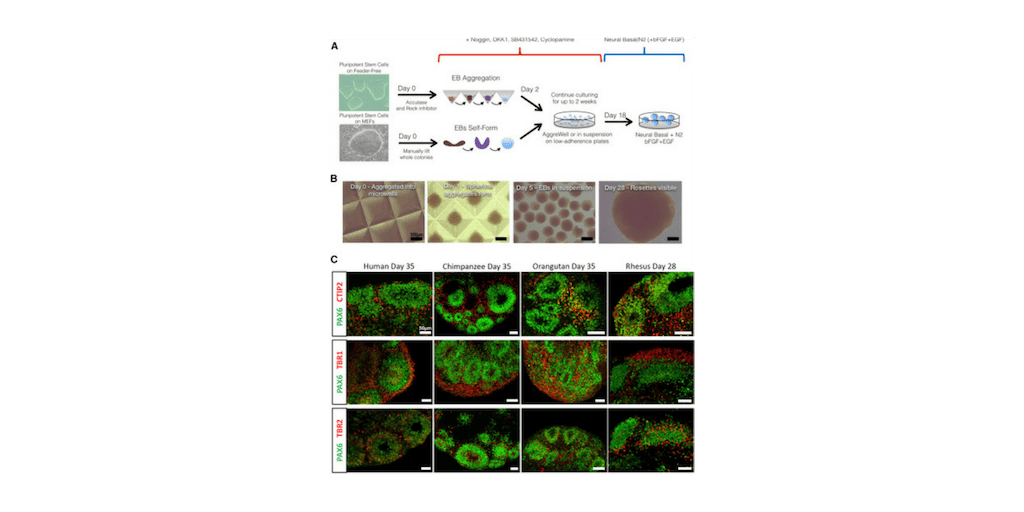
by ktkhuu | Jun 4, 2019 | News
June 1, 2018By Alice Klein | New Scientist How did humans get so smart? A random reshuffle in our ancestor’s genome more than 3 million years ago let our brains grow three times as large. David Haussler at the University of California, Santa Cruz and his colleagues...

by ktkhuu | Jun 4, 2019 | News
June 4, 2018By Alexandru Micu | ZME SCIENCE Two research teams have uncovered the gene family that allowed us to evolve our impressively large brains Compared to other organisms on the planet, our globs of gray matter are unusually big. That’s actually quite a...

by ktkhuu | Jun 3, 2019 | News
Dr. David Haussler (University of California, Santa Cruz; HHMI) and Dr. Pierre Vanderhaeghen (Université Libre de Bruxelles ULB; VIB-KU Leuven) | Cell Press Two teams of researchers have identified a human-specific gene family, NOTCH2NL, that emerged first in our...

by ktkhuu | Jun 3, 2019 | News
June 5, 2018 by Dr. Francis Collins | NIH In seeking the biological answer to the question of what it means to be human, the brain’s cerebral cortex is a good place to start. This densely folded, outer layer of grey matter, which is vastly larger in Homo sapiens than...

by ktkhuu | Jun 3, 2019 | Uncategorized
Summary The cerebral cortex has expanded in size and complexity in primates, yet the molecular innovations that enabled primate-specific brain attributes remain obscure. We generated cerebral cortex organoids from human, chimpanzee, orangutan, and rhesus pluripotent...







Recent Comments